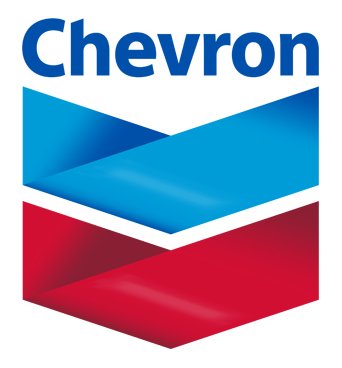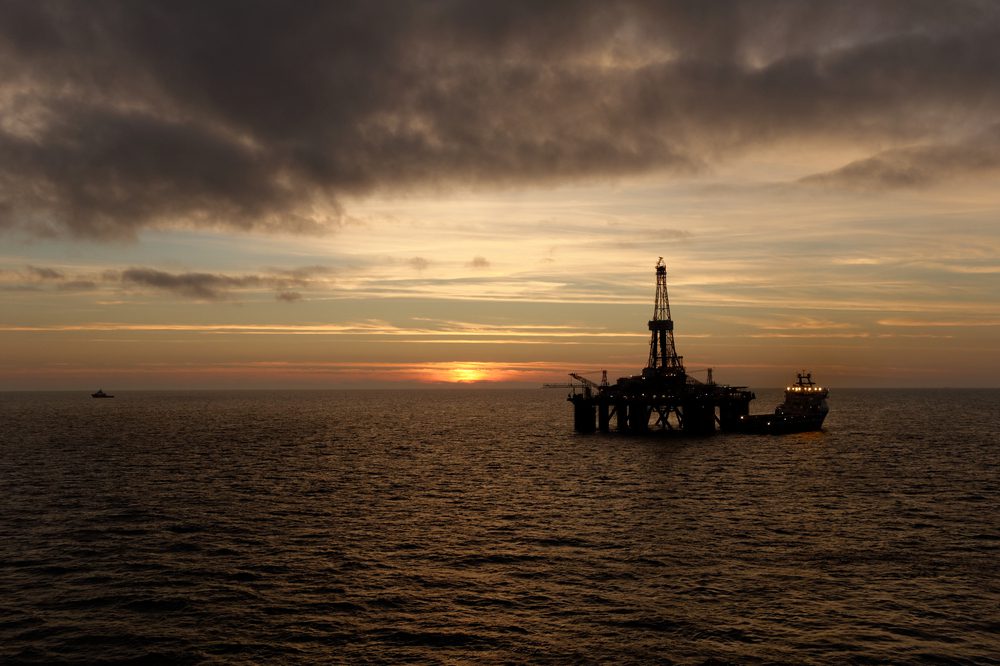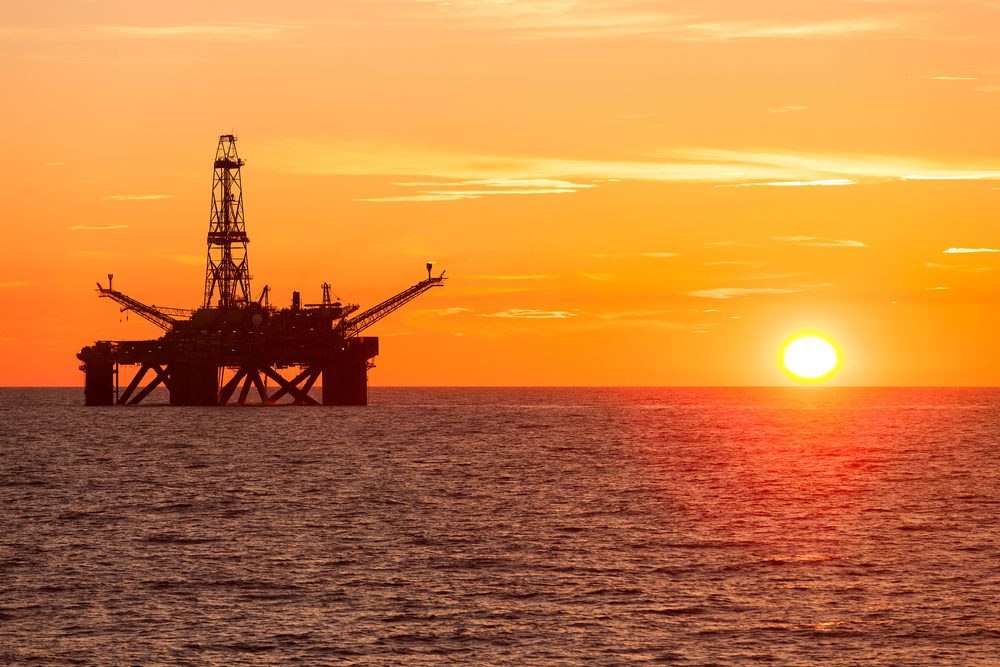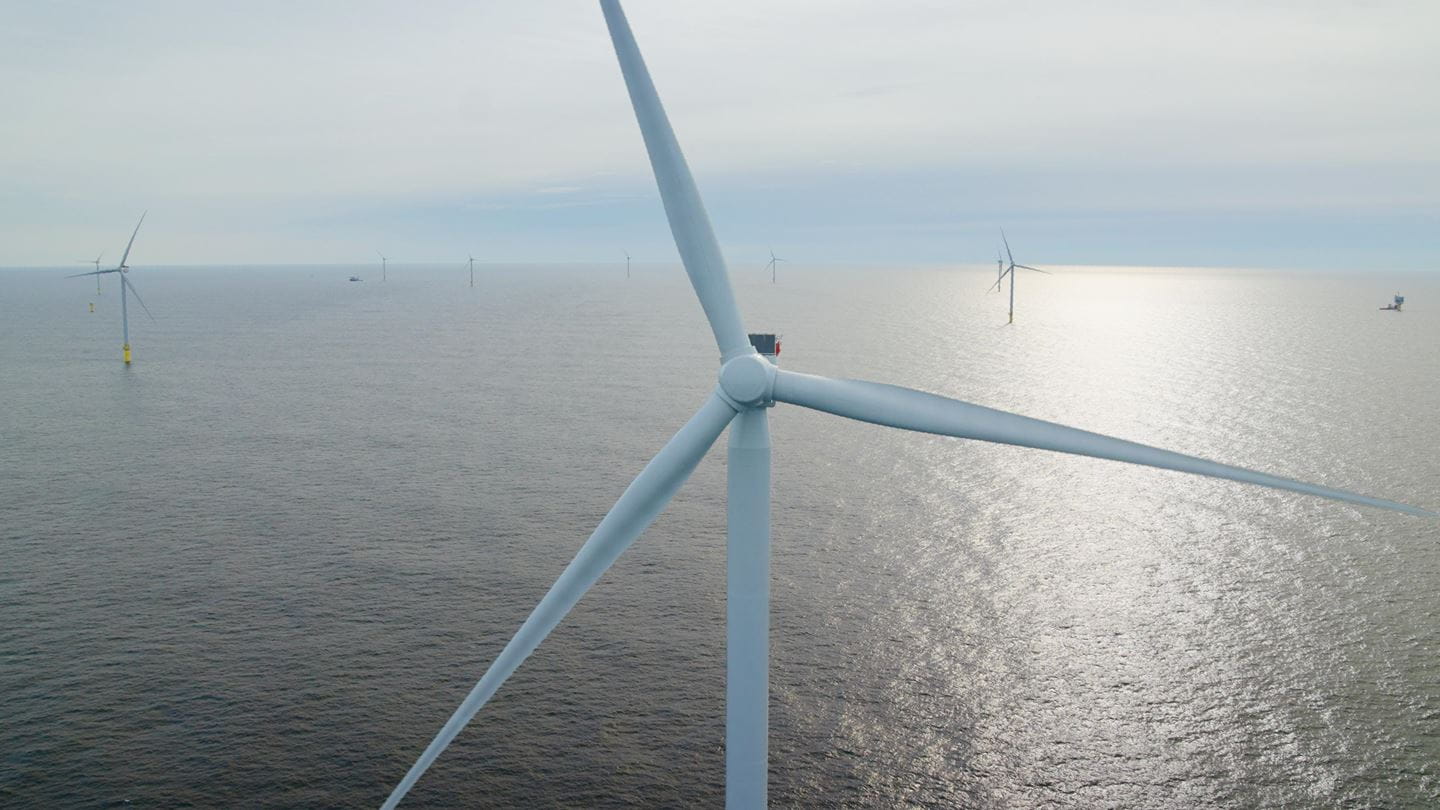 With the issuance of new drilling permits, and new rules, Chevron is looking to ramp up drilling activities in the Gulf.
With the issuance of new drilling permits, and new rules, Chevron is looking to ramp up drilling activities in the Gulf.
TAHITI PLATFORM, Offshore Gulf of Mexico (Dow Jones)–Within the maze of gray tanks, pipes and machinery that make up this gigantic oil platform rising from the sea is a small red rectangle about the size of a wine bottle, with a rapidly clicking numeric panel. Rick Bullock, who runs Chevron Corp.’s (CVX) deep-water production operations, calls it “the cash register.”
The instrument counts every barrel of oil the Tahiti platform, located 190 miles south of New Orleans, pulls from miles beneath the sea floor. During a visit last Friday, the meter showed the field was producing oil at the tune of about 109,000 barrels a day. With oil prices hovering at $100 per barrel, that’s about $10 million a day flowing into the coffers of Chevron, which owns 58% of the field, and its partners Total SA (TOT, FP.FR) and Statoil ASA (STO, STL.OS).
Making sure the money keeps rolling out of Tahiti is crucial for Chevron, at a time when oil prices are high and the company has ambitious growth projections to meet. The company aims to grow worldwide output this year by 1% to 2.79 million barrels of oil equivalent per day and to 3.3 million barrels of oil equivalent by 2017, or 19% more than it produced last year. That’s a prodigious ramp up, especially as it navigates an array of new regulations that have slowed drilling in the U.S. Gulf of Mexico, one of its main theaters of operation. The regulations came in the wake of last year’s massive oil spill, which also resulted in a nine-month-long drilling suspension.
Now Chevron, the second-largest U.S. oil company after Exxon Mobil Corp. (XOM), has to cram more work into less time to meet its expectations even as its engineers try to grasp the new rules, a scramble that underscores how oil and gas producers in the Gulf’s deep water are adapting to a new legal environment.
The San Ramon, Calif., oil giant is so concerned about the sluggish pace that it is considering contracting more drilling ships than it originally intended in order to meet its 2013 deadlines for the Tahiti expansion and the 2014 start up of two massive ultra deep-water fields, Big Foot and Jack/St. Malo, located 35 and 140 miles south of Tahiti, respectively.
“It’s probably a fact that we are going to have to bring additional drill ships into the Gulf of Mexico to be able to meet that schedule,” Warner Williams, Chevron’s vice president for the Gulf of Mexico Business Unit, said in an phone interview. Williams didn’t specify how many more rigs the company could add. Chevron currently has three rigs doing development and exploratory drilling in the Gulf.
With the arrival of hurricane season, which started Wednesday and lasts through November, Chevron and other companies face even more pressure as the presence of a storm could result in lengthy evacuations and lost work days.
Chevron was among the first oil companies to receive government approval to drill back in the Gulf’s deep water, including here, where the Transocean Ltd.’s (RIG) Discovery Clear Leader drillship can be seen floating a few miles from the platform, doing work that will allow the field to increase production to 150,000 barrels a day in 2013. But the company still has 10 development and exploration plans and approximately 15 drilling permit applications pending approval elsewhere in the Gulf.
“The pace of the permitting process has been slow. It’s clear we are not where we need to be,” Williams said. “We would like the process to go a little bit faster.” The federal government says it is approving permits as fast as it deems safe.
Energy consultancy Wood Mackenzie said the drilling suspension, along with a new, more time consuming permitting process, will result in the loss this year of about 375,000 barrels of oil a day–or 20% of previously estimated production levels.
“Nobody really knows when things in the Gulf are going to be back to what we called a new equilibrium,” said Mohammad Rahman, Wood Mackenzie’s analyst for the Gulf of Mexico. “Our previous assumption was it will be some time in 2012, but now it could be 2013 when we see a more stable, consistent level in permitting process.”
The main reason for the slowdown in the permitting process is that the Department of Interior’s Bureau of Ocean Energy Management, Regulations and Enforcement–the federal agency on charge of offshore operations–doesn’t have enough regulators to handle the backlog of projects, Rahman said.
The bureau, which was created after the oil spill, is still in the midst of a reorganization, Rahman said.
Melissa Schwartz, a spokeswoman for the agency, said the government “is working as expeditiously as is safely possible to approve exploration plans and permits.”
It began approving permits in February, when two oil deep-water oil spill containment systems were deemed operationally ready by the authorities.
Tahiti, discovered in 2002, is one of the largest fields in the Gulf, with 400 million to 500 million barrels of oil equivalent in recoverable resources. Oil production, which began two years ago, accounts for about 64% of Chevron’s total output in the Gulf.
-By Isabel Ordonez, Dow Jones Newswires

 Join The Club
Join The Club











